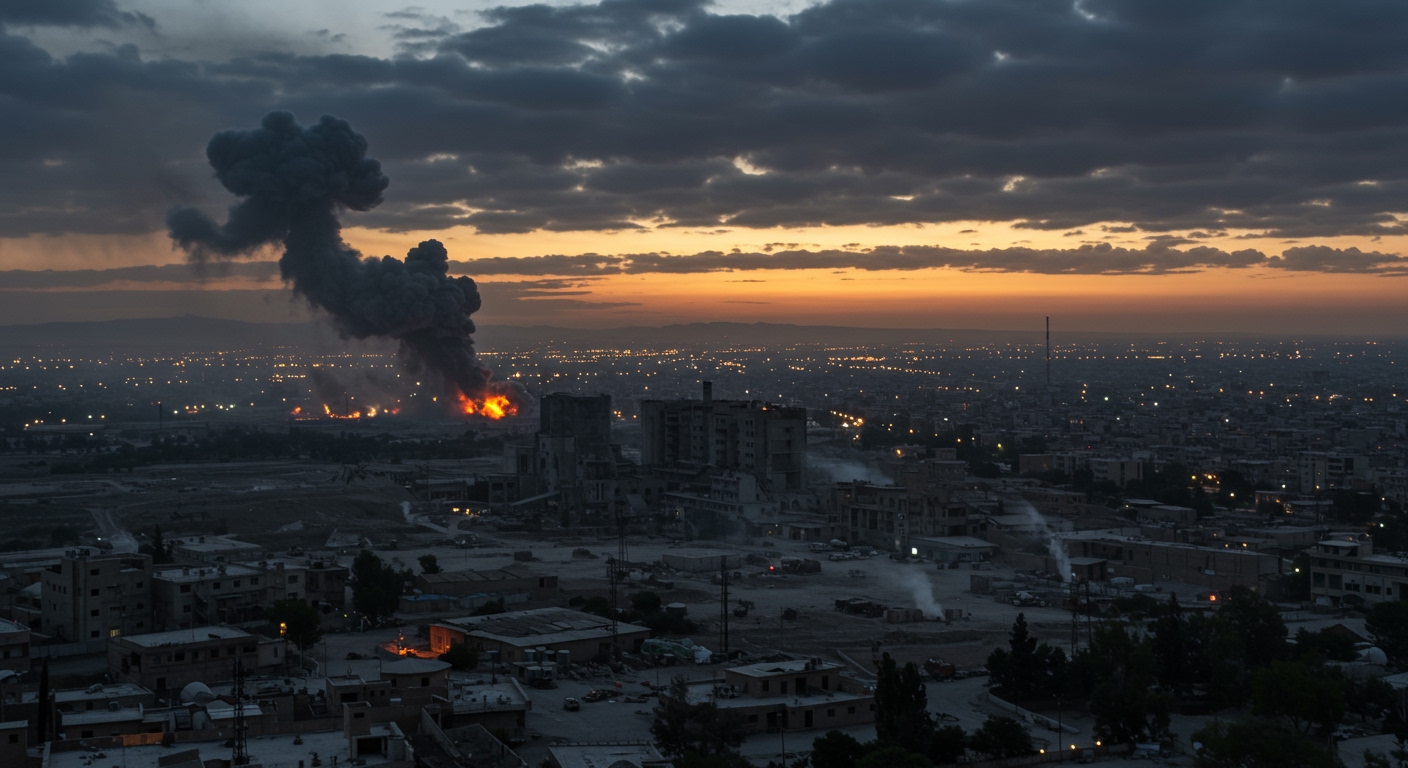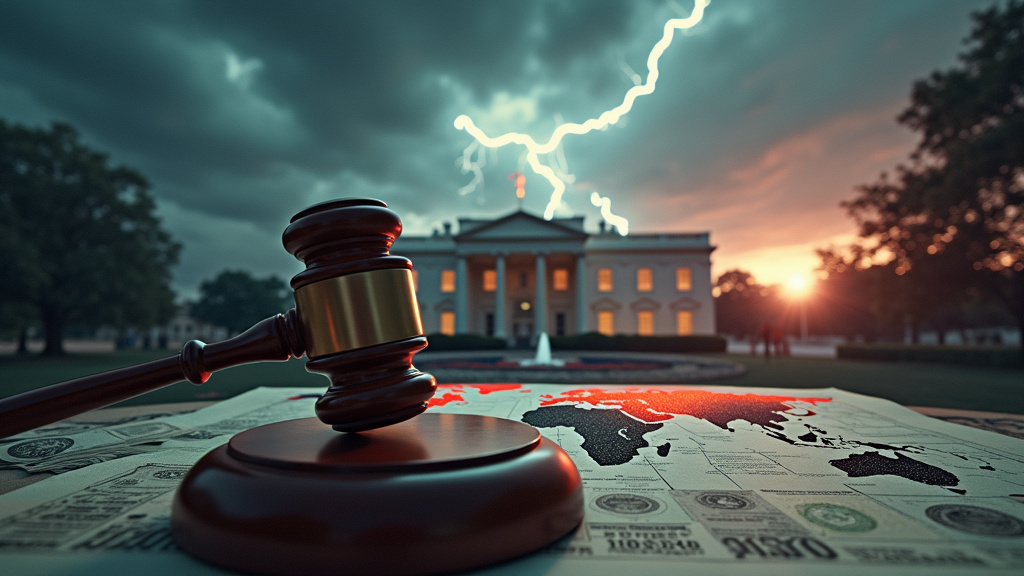Isfahan, Iran | Tel Aviv, Israel – Hostilities between Israel and Iran intensified sharply on June 21, 2025, marking the conclusion of the conflict’s second week. Israeli forces conducted significant strikes against targets inside Iran, including a nuclear research facility situated near the city of Isfahan in central Iran, alongside military infrastructure located in Ahvaz in the southwestern region of the country.
Simultaneously, Iran’s health ministry released figures indicating a mounting humanitarian cost. According to their report, more than 400 people have been killed and 3,056 wounded across Iran as a result of Israeli attacks since the conflict began last week.
Israeli Military Claims and Objectives
The Israeli military provided details of its operational activities, claiming success in targeting senior Iranian commanders. Among those reportedly killed in targeted strikes were Benham Shaveari, identified by Israel as a commander involved in transferring weapons to militant groups such as Hamas, Hezbollah, and Houthi rebels. Another high-profile figure claimed to have been neutralized was Sayyed Izadi, whom the Israeli military described as an architect behind the events of October 7th.
Furthermore, Israel asserted that its strikes had significantly degraded Iran’s military capabilities, stating that it had successfully destroyed over half of Iran’s missile capability in the recent operations.
Iranian Retaliation and Casualties Mount
In response to the Israeli actions, Iran continued its campaign of launching drone and missile attacks targeting Israeli cities. These exchanges underscore the persistent and dangerous cycle of retaliation that characterizes the current phase of the conflict.
While Iran’s health ministry reported substantial casualties, independent verification of these figures remains challenging amidst the ongoing hostilities. The reported death toll of over 400 and more than 3,000 wounded highlights the severe impact of the escalating violence on civilian populations.
International Dimensions and US Position
The escalating conflict has drawn significant international attention, particularly from the United States. Washington is currently considering its next steps, navigating complex intelligence assessments regarding Iran’s nuclear ambitions. An assessment from the Director of National Intelligence (DNI), Tulsi Gabbard, suggested that Iran is not actively building a nuclear weapon, a view that has reportedly been disputed by President Trump.
The intelligence community’s broader assessment indicates that while Supreme Leader Khamenei has not authorized the pursuit of a nuclear weapon, Iran’s stockpile of enriched uranium has reached unprecedented levels for a state not possessing nuclear weapons. This assessment adds complexity to diplomatic efforts and strategic considerations.
Amidst the worsening security situation, the United States has initiated assisted departure flights to facilitate the evacuation of American citizens wishing to leave Israel.
Diplomatic Stalemate
The prospects for de-escalation through negotiation appear bleak in the short term. Iranian Foreign Minister Abbas Aragshi issued a clear statement indicating that Iran will not consider returning to the negotiating table as long as Israeli strikes against Iranian targets continue. This position underscores the current diplomatic impasse and the significant challenges to finding a peaceful resolution to the intensifying conflict.
The violence on June 21, 2025, including the significant Israeli strikes and the rising casualty toll reported by Iran, signals a dangerous new phase in the long-standing tensions between the two regional adversaries, with potential far-reaching implications for stability in the Middle East.













